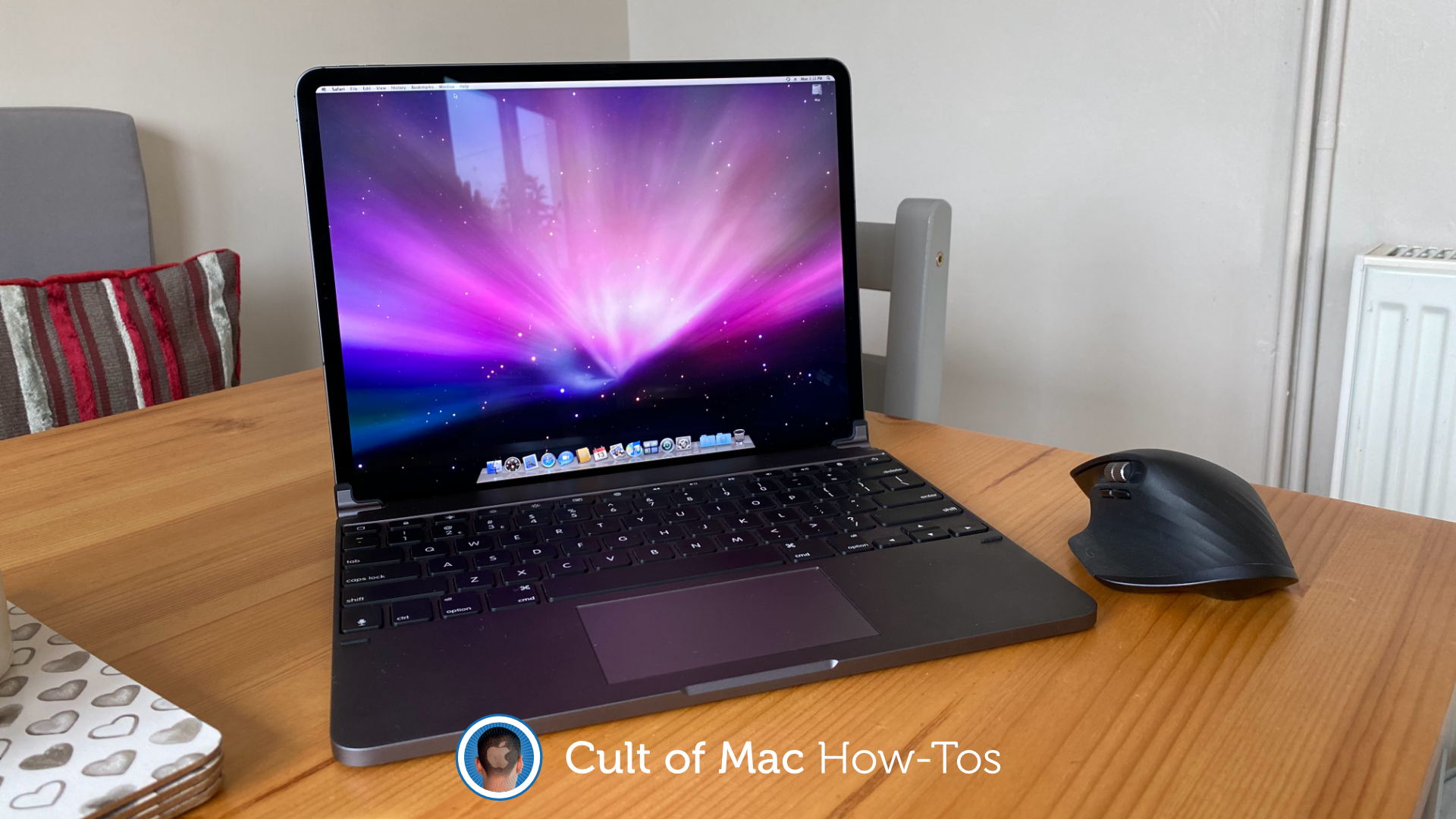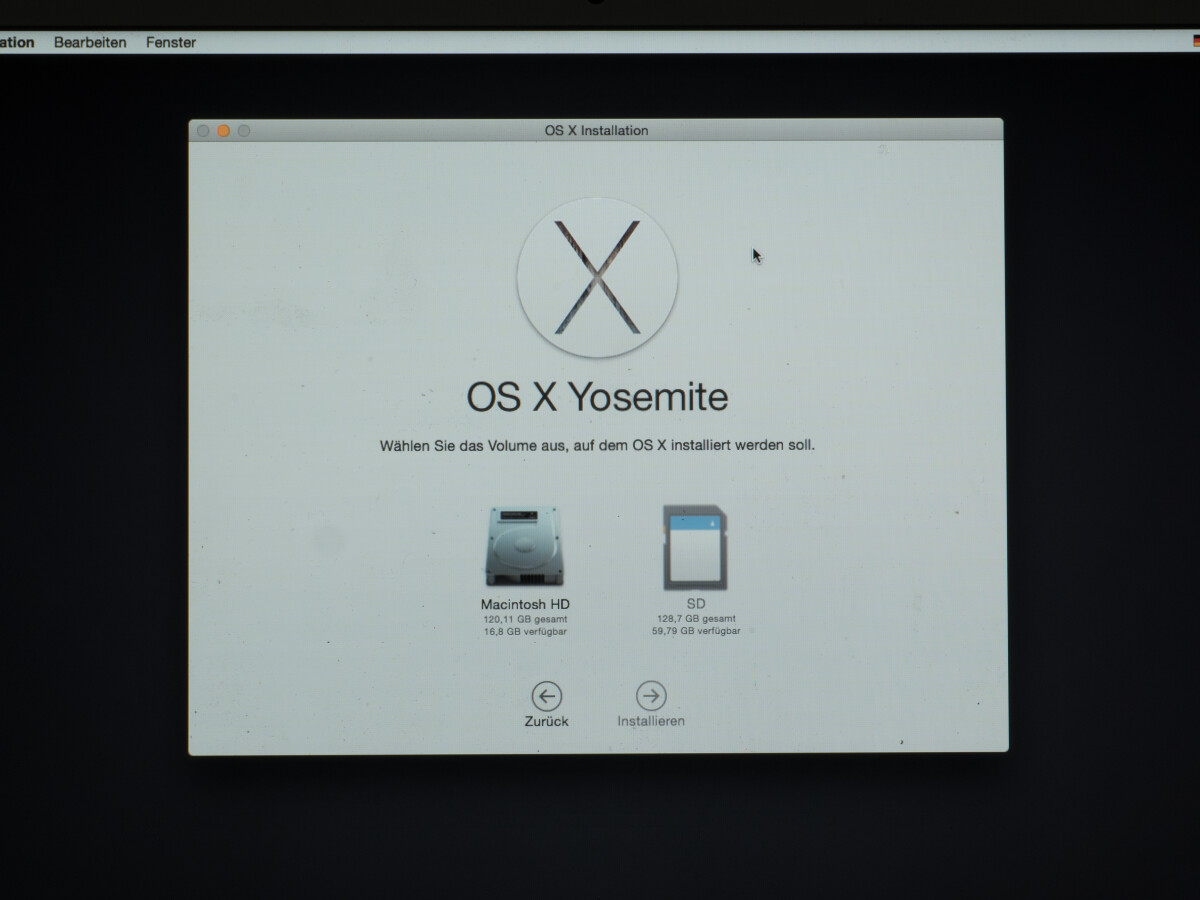

- #How for os x how to
- #How for os x mac os x
- #How for os x install
- #How for os x upgrade
- #How for os x pro
Students can contact the Tech Team for assistance with or questions about upgrading their machine to a supported version of macOS.įaculty, Staff, and Employees should contact their IT support unit. Where can I get help with upgrading macOS?
#How for os x upgrade
Once your computer has successfully upgraded to macOS 10.11 you can use the steps above to upgrade to a supported version of macOS. If you are running macOS 10.10 or lower, you will need to upgrade your computer to 10.11 El Capitan first. If your computer does not meet the minimum requirements for Catalina/Big Sur, please try upgrading to macOS 10.14 Mojave instead. To see if your computer can run macOS 11 Big Sure, check Apple’s compatibility info and installation instructions. If you are running macOS 10.11 or newer, you should be able to upgrade to at least macOS 10.15 Catalina. If you are upgrading from an older version of macOS, you may need to also upgrade some of the applications installed on your computer. The process of upgrading your computer varies depending on which version of macOS is currently installed on your computer.Īs of 10.15 Catalina, macOS does not support 32-bit applications. If this is the case, you will need to replace your current computer with a newer model.
#How for os x install
If your computer does not meet the minimum requirements for Catalina or Mojave, you will not be able to install a supported version of macOS.

If you are running an older OS, you can look at the hardware requirements for the currently supported versions of macOS to see if your computer is capable of running them:

#How for os x mac os x
Mac OS X 1.All UVM-owned computers running macOS 10.13 High Sierra or older must be updated or replaced as soon as possible to comply with the University Information Security Policy.OS X Snow Leopard Accessibility: Physical and Motor Skills.

To read more about Sticky Keys for OS X, click on the following links: If the options to enable or disable Sticky Keys via the shift key was checked, pressing the shift key five times will also turn off Sticky Keys. To turn off Sticky Keys, check the Off radio button in the Sticky Keys section of the Universal Access system preferences. If the option to Show Universal Access status in the menu bar is enabled in the Universal Access system preferences, a marquee will appear next to the Universal Access icon in the menu bar stating that Sticky keys is on (Figure 2).įigure 2. Further, an overlay icon will be shown for each modifier key that is pressed.
#How for os x how to
How To Know That Sticky Keys is Workingīy default, OS X will play a sound when enabling or disabling Sticky Keys and when a modifier key is pressed. Tips & Tricks menu-icon Mac OS menu-icon iPhone menu-icon iPad menu-icon News menu-icon Mac Setups logo image. Check the On radio button (circled above) to enable Sticky Keys. This will allow you to enable or disable Sticky Keys using the shift key rather than via system preferences.įigure 1. If desired, check the box labeled Press the Shift key five times to turn Sticky Keys on or off. (Alternatively, click on the System Preferences icon in the dock.)Ĭheck the radio button labeled On in the Sticky Keys section (Figure 1).
#How for os x pro
1 Apple T2 chip Apple EFI Firmware Unlock for MacBook Pro iMac Air Mac Mini. Turning On Sticky Keysīy default, Sticky Keys may be turned on in the Universal Access panel of System Preferences:Ĭhose Apple menu > System Preferences, and click Universal Access. Boot OS X, Windows, and Linux in UEFI or legacy mode on Mac or PC with UEFI. This will benefit users who are unable to press or have difficulty pressing shortcut key combinations. Mac OS X Snow Leopard Sticky Keys enables the user to enter key combinations by pressing keys in sequence rather than simultaneously.


 0 kommentar(er)
0 kommentar(er)
